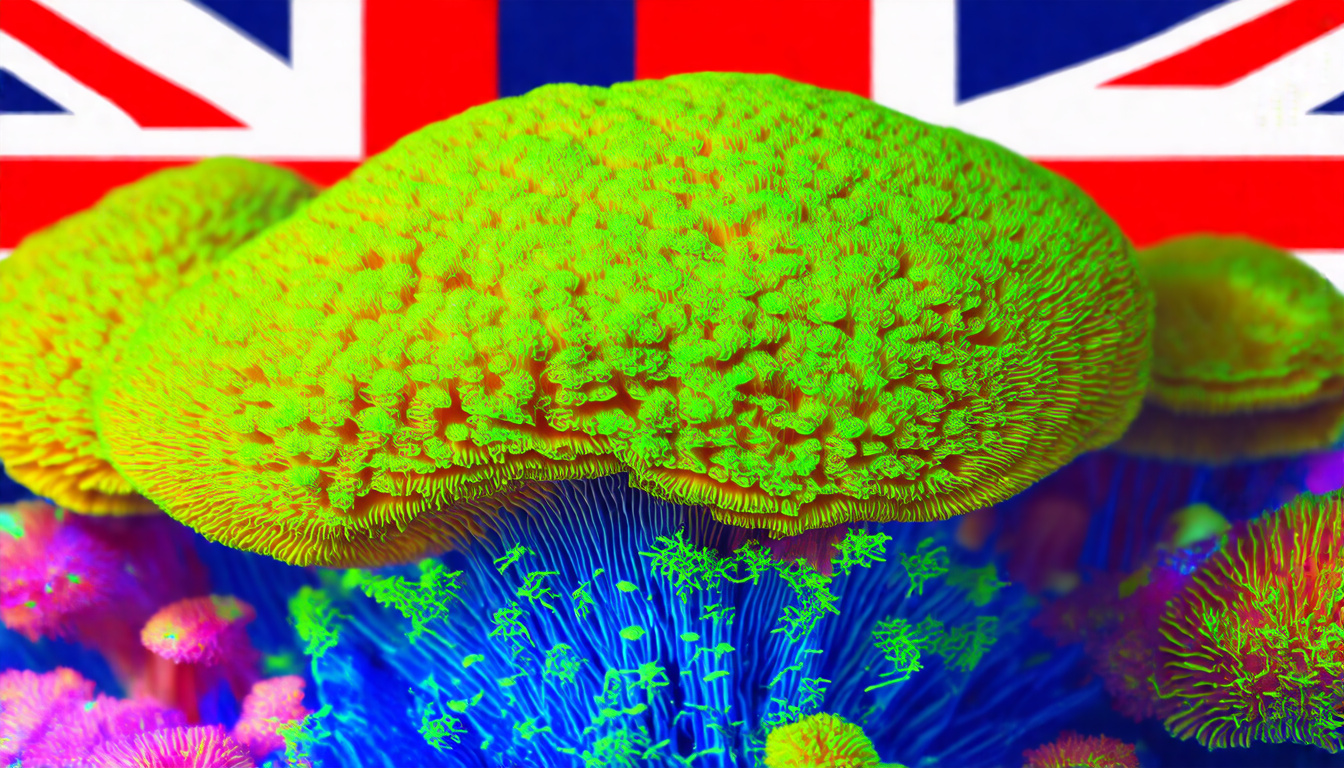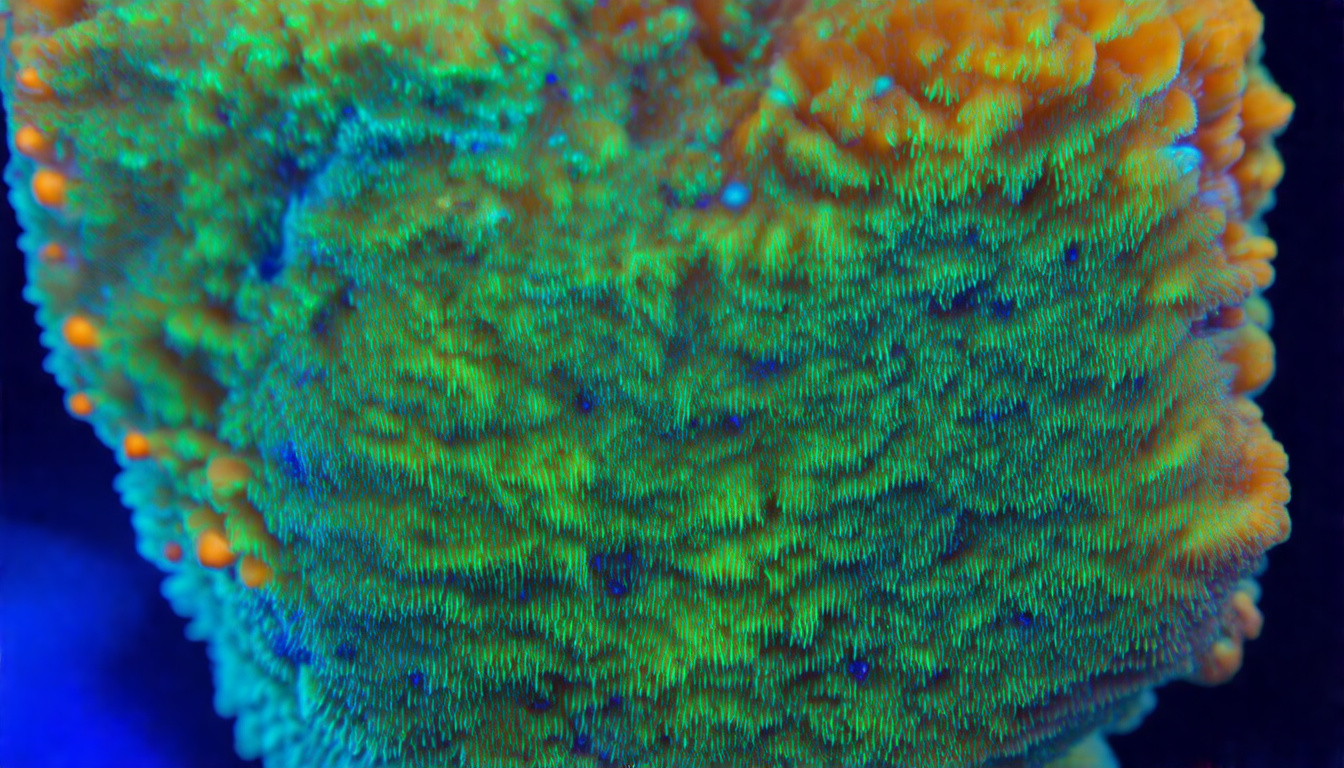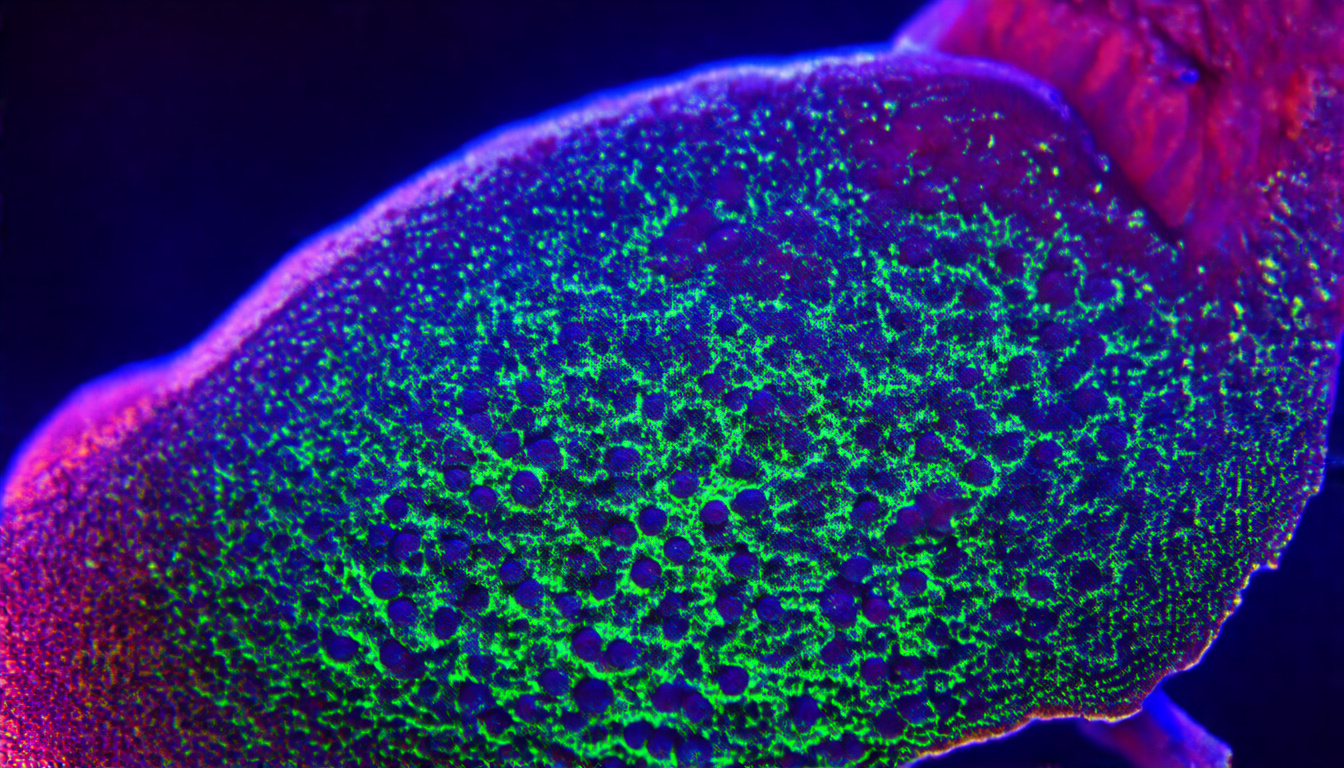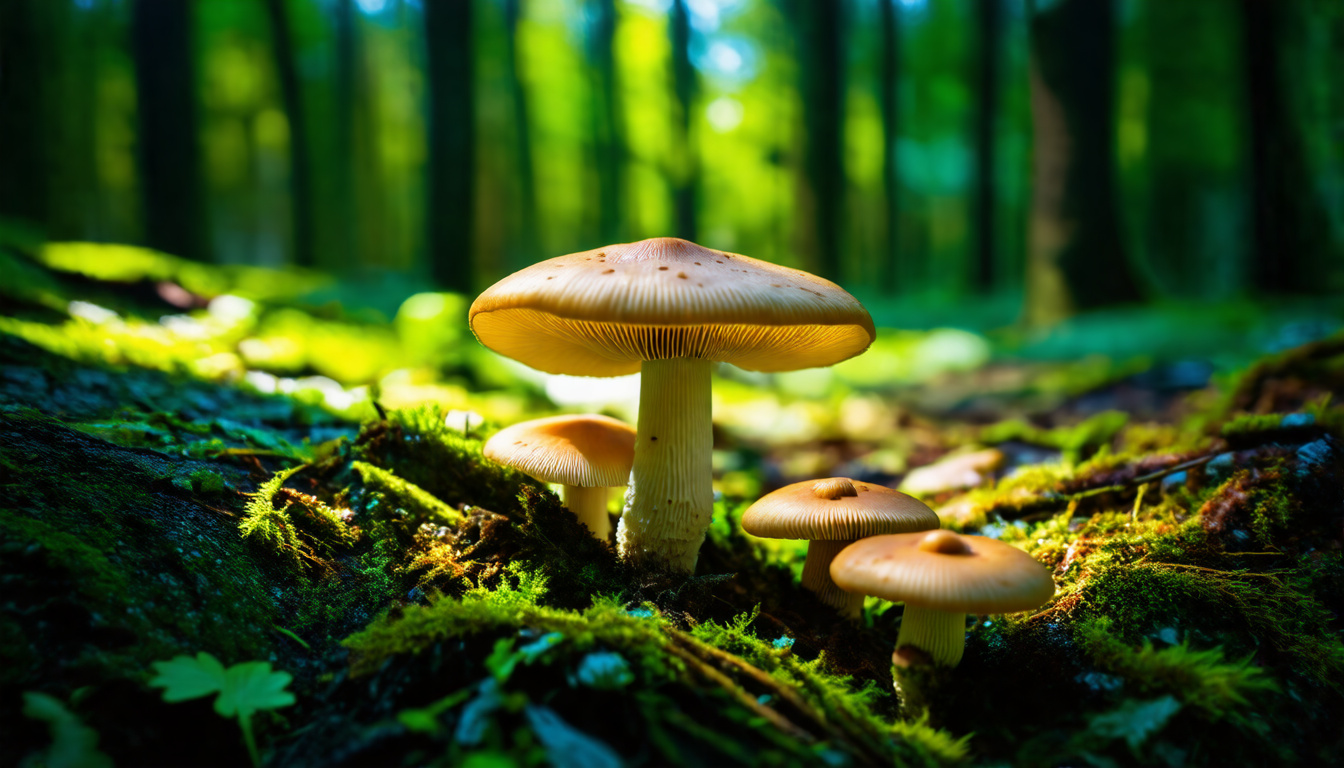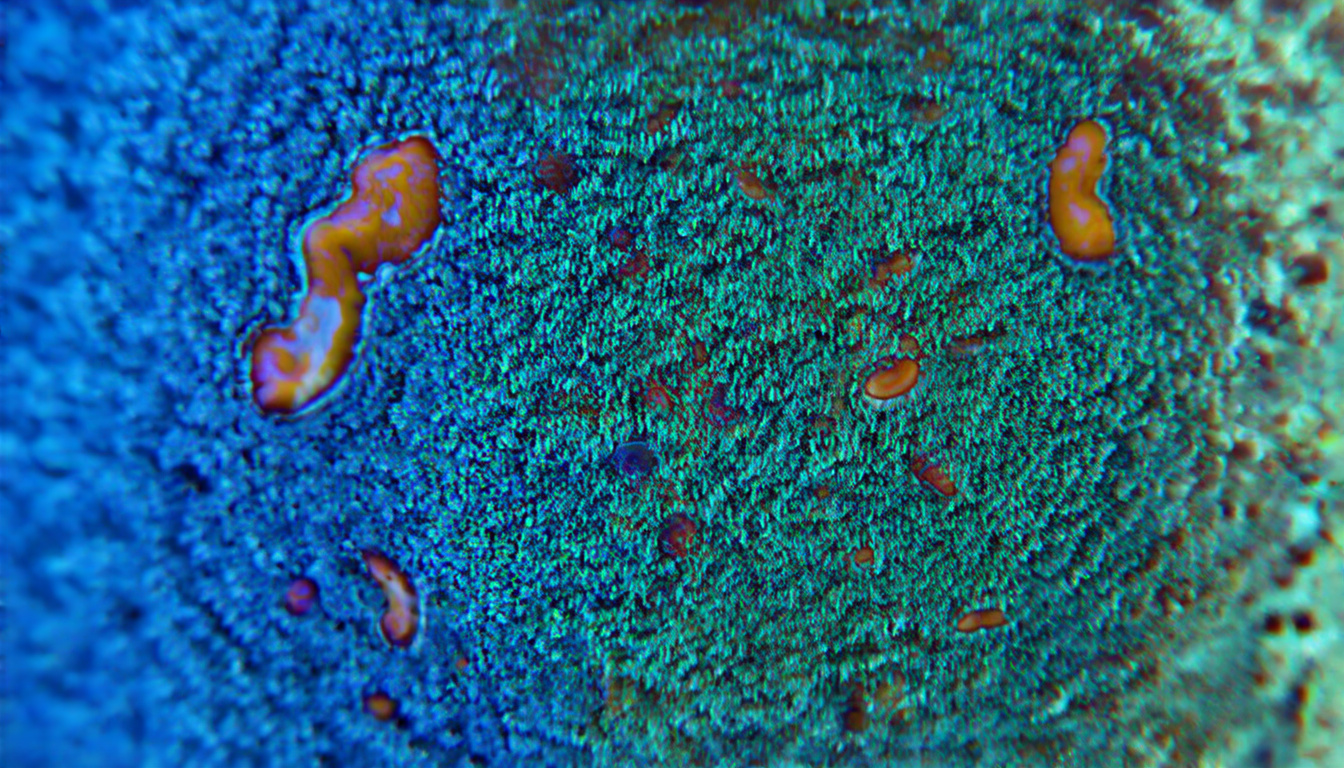If you’re curious about magic mushroom spores legality in the UK, you are not alone. Many share your interest in magic mushrooms. Some look at cultivation, and some at research. The legal details may confuse you. Knowing the law about magic mushroom spores in the UK helps you act safely and responsibly.
In this article, we break down the magic mushroom spores’ legal status in the UK. We show what is allowed and what is not. We also offer practical advice if you are interested.
What Are Magic Mushroom Spores?
Magic mushroom spores are simple. They are cells that help mushrooms reproduce. Psychedelic mushrooms like Psilocybe cubensis produce these spores. The spores do not hold psilocybin or psilocin. These two chemicals cause hallucinogenic effects.
The spores, without active compounds, live in a gray legal space. People use them for research, microscopy, or collection. But the law looks at the intent and use. This view changes legal boundaries.
Current Legal Status of Magic Mushroom Spores Legality UK
In the UK, the law is clear about magic mushroom spores. The Misuse of Drugs Act 1971 controls psilocybin and psilocin. These chemicals are Class A substances. Possessing, cultivating, or selling fresh or dried magic mushrooms is illegal.
What About the Spores?
• Magic mushroom spores are legal to buy, sell, and own in the UK. The spores lack psilocybin and psilocin.
• Growing magic mushrooms from spores is illegal. When spores germinate into mushrooms with psilocybin, you make a controlled substance.
• Possessing or selling grown mushrooms (both mycelium and fruiting bodies) is illegal.
Thus, buying spores for research or microscopy stays legal. But trying to grow mushrooms crosses the legal line.
Why Are Magic Mushroom Spores Legal While Mushrooms Are Not?
The law draws a line in chemical makeup. Spores do not keep psilocybin or psilocin. The law targets the substances that cause effects. It does not target the spores that are simple biological material.
This detail lets online vendors safely sell spores. Vendors add legal disclaimers. Many users see spores as a tool for close research and microscopy.
Related Legal Considerations
Importation and Mailing
Magic mushroom spores are legal to own in the UK. But importing spores can be tricky. Customs rules and delivery services may intervene. Some countries ban spores. Always check the source and rules before ordering from abroad.
Intended Use Matters
The law cares about intent. If you hold spores to grow or distribute psychedelic mushrooms, you break the law. Police focus on stopping the production and sale of controlled substances. Using spores only for microscopy usually stays legal.
Other UK Legal Frameworks
Besides the Misuse of Drugs Act 1971, the Psychoactive Substances Act 2016 exists. This law bans producing or supplying ingestion substances with psychoactive effects. Spores are left out because they do not include active compounds.
Practical Advice for Handling Magic Mushroom Spores in the UK
If you buy or collect magic mushroom spores in the UK, note these tips:
- Use spores for microscopy or research only.
- Do not grow mushrooms from spores. Even if spores are legal, growing them makes illegal substances.
- Keep spores in original packaging that explains non-cultivation use.
- Buy from vendors who follow UK law and use clear legal warnings.
- Avoid discussing any plans for cultivation on public forums or social media. Such talk can show your intent.
Summary: Magic Mushroom Spores Legality UK
| Activity | Legal Status UK |
|---|---|
| Buying or possessing spores | Legal |
| Cultivating mushrooms from spores | Illegal |
| Possessing or selling grown mushrooms | Illegal |
| Using spores for research/microscopy | Legal |
It is important for any UK resident to know these differences.
FAQ Section
Q1: Are magic mushroom spores legal to buy in the UK?
Yes. Spores do not have psychoactive substances. But growing mushrooms from them is illegal.
Q2: Can you grow magic mushrooms legally from spores in the UK?
No. Growing mushrooms from spores creates psilocybin, a controlled substance.
Q3: Is it legal to import magic mushroom spores into the UK?
Importing spores is generally legal but may face customs checks. Check the rules of the source country and use spores only for legal purposes.
What Does Science Say?
Researchers now study psilocybin and related compounds. They look at medical uses for depression and PTSD. UK institutions and others worldwide run clinical trials. (Source: NHS) The legal framework separates research on purified compounds from recreational use and cultivation.
The UK takes a careful approach. It supports medical research and controls recreational use. This separation shows why understanding the law is important.

Conclusion: Stay Informed and Stay Legal
The magic mushroom spores legality in the UK can seem confusing. However, knowing the difference between spores and mushrooms is key. Spores help in scientific study and microscopy. But growing psychedelic mushrooms is illegal.
Whether you are a collector, researcher, or just curious, you must follow UK laws. Check official resources or seek legal advice for updates and clarity.
If you find this information useful and want news on legal psychedelic research and spores, subscribe to trusted UK resources today. Stay informed, and make safe, legal choices in this fascinating field.
